Contaminated Water: Safety Tips For Post-Hurricane Consumption
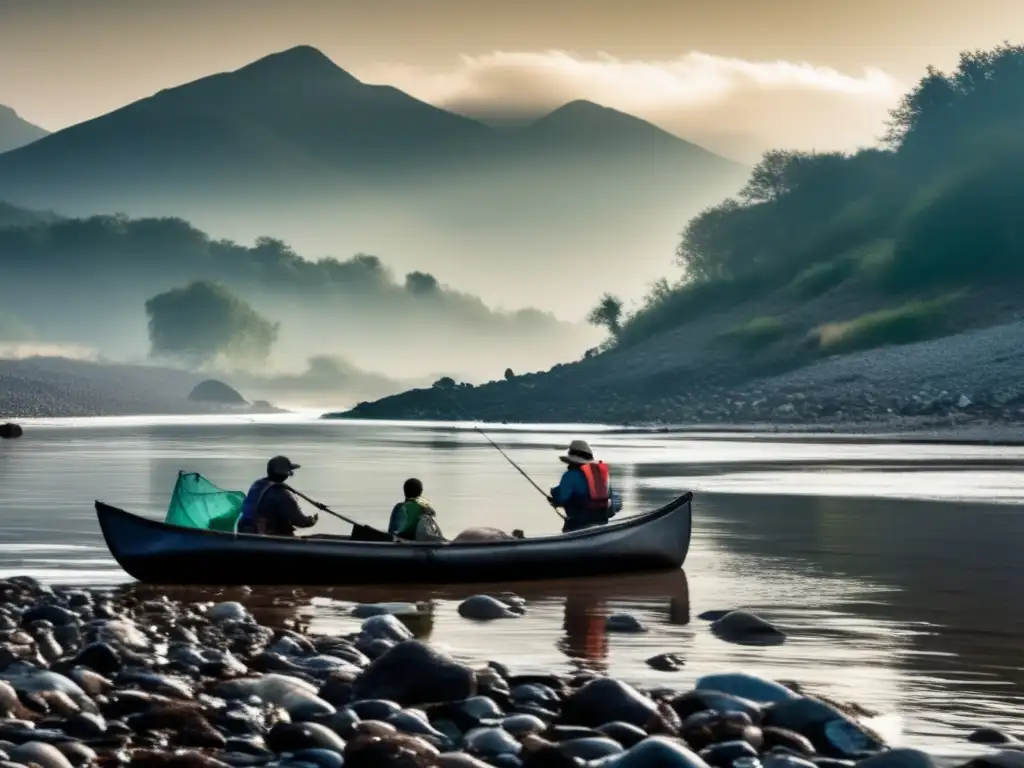
Contaminated Water: Safety Tips for Post-Hurricane Consumption
Introduction
One of the risks that come with hurricanes is the contamination of water sources. During and after a hurricane, floodwaters can mix with sewage and other hazardous materials leading to the contamination of drinking water sources. The consumption of contaminated water can lead to waterborne diseases such as cholera, dysentery, and typhoid fever, among others. This article highlights some essential tips on how to ensure safe post-hurricane water consumption.
Boil Water Advisories

What are boil water advisories?
Boil water advisories are public health announcements issued to the public in cases where there is evidence or suspicion of contamination of water sources. These advisories entail boiling water to kill all disease-causing microorganisms present. Boiling water effectively kills bacteria, viruses, and parasites, making it safe for human consumption.
When should you follow a boil water advisory?
You should always follow boil water advisories if you have been advised to do so by authorities in your area. Similarly, if you suspect that your water source may be contaminated, you should boil it before consumption. Boil water advisories are usually a temporary measure put in place until authorities determine that the water source is safe for use again.
How to properly boil water
To properly boil water, it should be brought to a rolling boil for at least one minute. The boiling process ensures that all disease-causing microorganisms are killed.
Water Purification Techniques
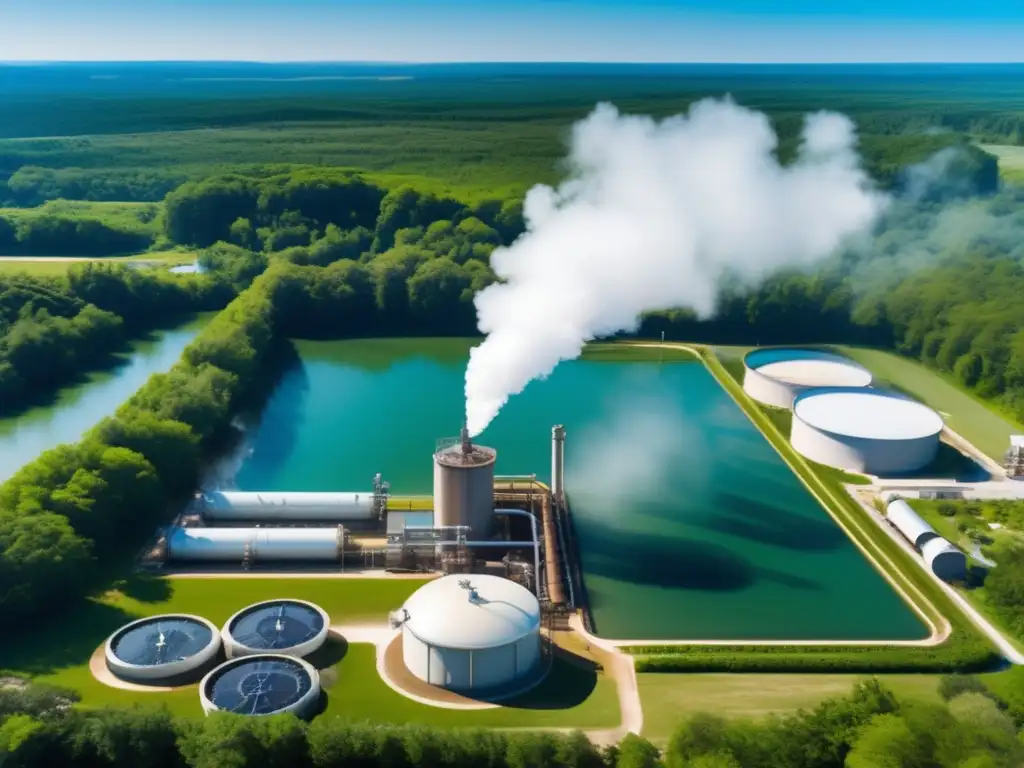
Water purification tablets
Water purification tablets are a convenient and portable solution for treating water in the absence of boiling facilities or when boiling is not practical. These tablets contain chemical disinfectants such as chlorine or iodine that kill disease-causing microorganisms. Water treated with purification tablets should be allowed to sit for some time before drinking for the tablets' active ingredients to take effect fully.
Water filtration systems
Water filtration systems use physical barriers and chemical processes to remove impurities from water. Filtration systems vary in size and capacity but are generally more effective than purification tablets in removing microorganisms and other harmful pollutants from water.
UV light treatment
Ultraviolet light treatment involves the use of UV light to kill bacteria, viruses, and parasites present in water. UV light treatment is fast, effective, and does not require chemicals, making it an eco-friendly water treatment method.
Safe Water Storage
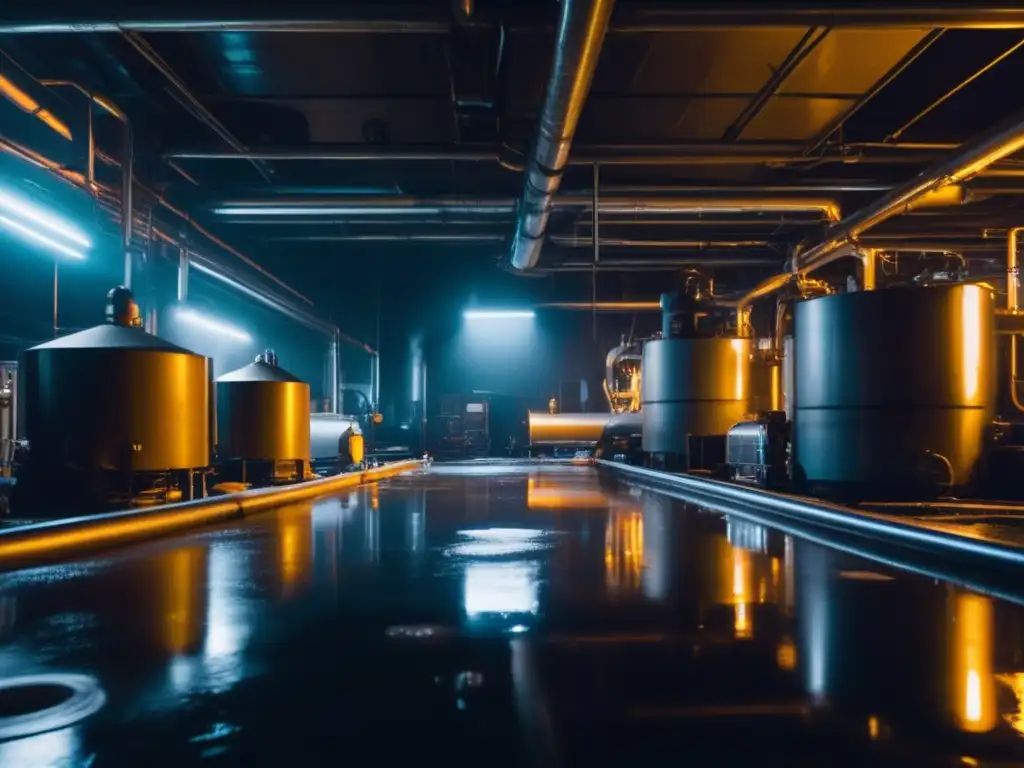
How to safely store water
To ensure safe water storage, it is recommended that you use clean and preferably sterile containers to store water. Containers used for water storage should be made of food-grade materials such as plastics, glass, or stainless steel. For long-term storage, it is advisable to treat water with chlorine, iodine, or hydrogen peroxide before storing it in a cool, dry place away from direct sunlight.
How to protect stored water from contamination
Stored water can easily become contaminated if it is not properly protected from environmental influences. Ensure that your water storage containers are always tightly covered to prevent dust, debris, and insects from getting into the water. Similarly, if you are using a communal water source, ensure that your storage containers are properly labeled to avoid confusion with other people's containers.
When to Seek Medical Attention
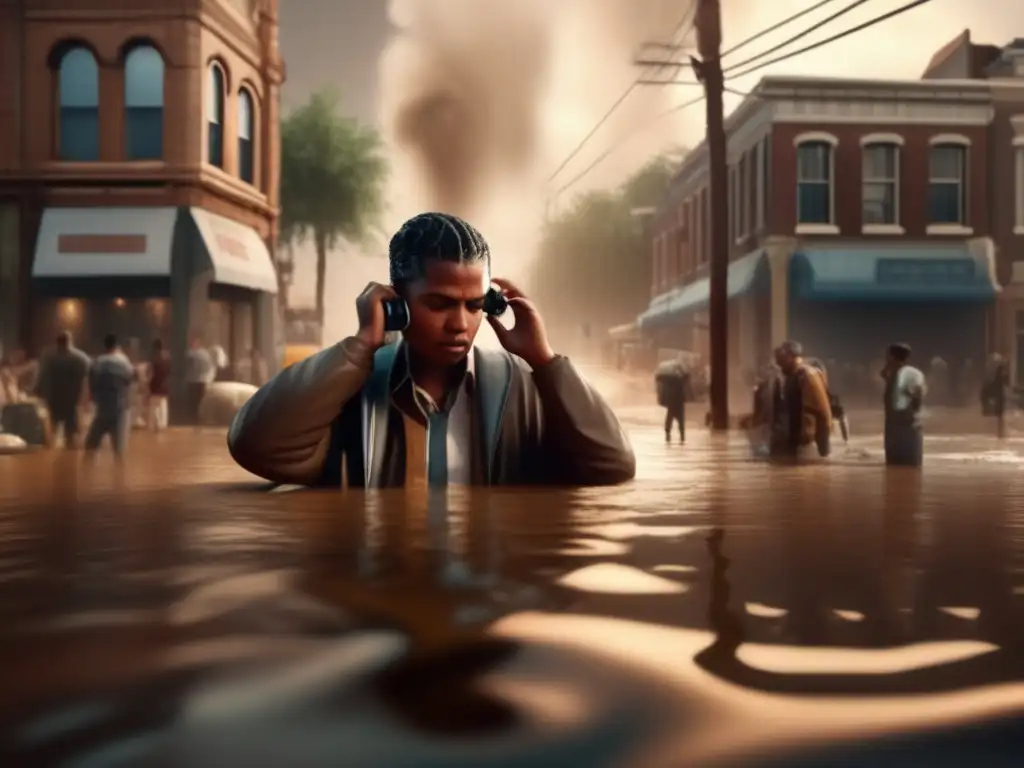
Signs of waterborne disease
The consumption of contaminated water can lead to waterborne diseases such as cholera, dysentery, and typhoid fever, among others. Symptoms of waterborne diseases include diarrhea, vomiting, stomach cramps, fever, and dehydration. If you experience any of these symptoms after consuming water, seek medical attention immediately.
Who is at a higher risk?
Children, the elderly, pregnant women, and people with weakened immune systems are at a higher risk of contracting waterborne diseases. If you fall into any of these groups or have an existing medical condition, it is advisable to take extra precautions to ensure safe water consumption.
Frequently Asked Questions
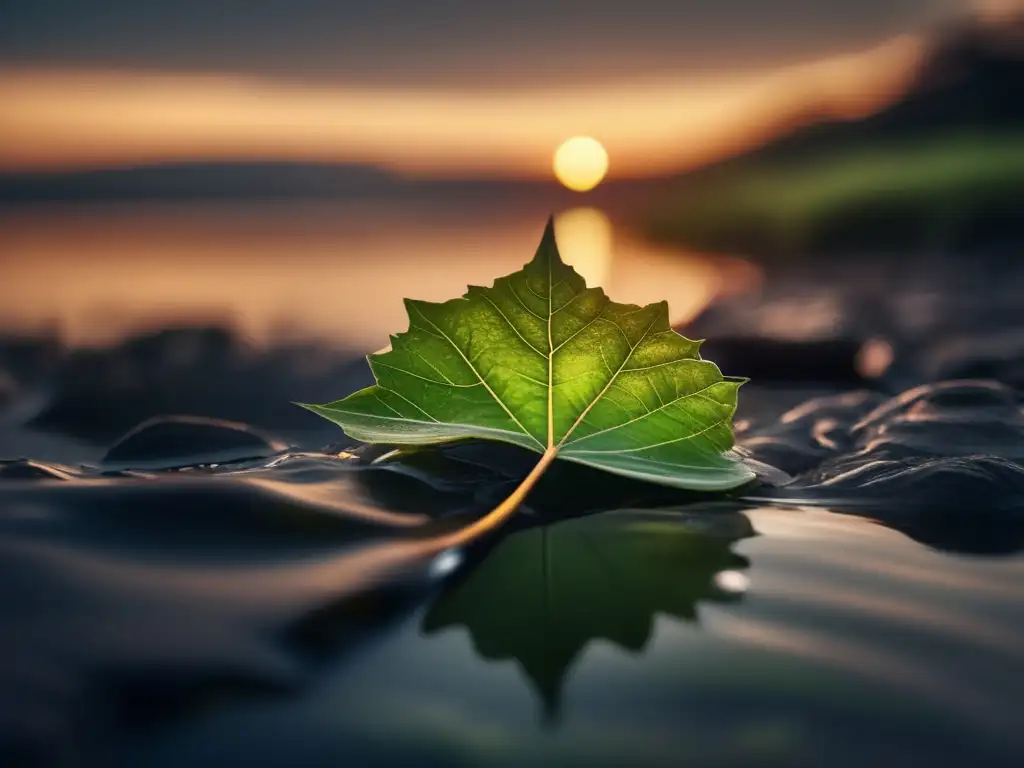
-
What are some common waterborne diseases?
Some common waterborne diseases include cholera, dysentery, and typhoid fever, among others.
-
Is it safe to drink bottled water after a hurricane?
It is recommended that you boil or purify bottled water used for drinking after a hurricane to ensure that it is free of contaminants.
-
Can I use bleach to treat contaminated water?
Yes, bleach can be used to treat contaminated water. Add eight drops of regular household bleach per gallon of water, stir well and allow to stand for 30 minutes before drinking.
-
How long can stored water be kept safe for consumption?
Stored water can be kept safe for consumption for up to six months if properly stored and treated with chemicals such as chlorine or hydrogen peroxide.
-
What should I do if I suspect that my water source is contaminated?
If you suspect that your water source is contaminated, stop using it immediately and seek guidance from local authorities on how to safely dispose of the water.
Conclusion
Contaminated water is a real risk during and after hurricanes. However, by following the safety tips outlined in this article, you can ensure safe post-hurricane water consumption. Always follow boil water advisories issued by authorities in your area and use water treatment methods such as purification tablets, filtration systems, or UV light treatment to ensure safe drinking water. Proper water storage techniques and seeking medical attention when needed can also help protect you and your loved ones from waterborne diseases.
Living in hurricane-prone areas comes with its risks and challenges, but with the right information and preparation, you can keep yourself and your family safe. We encourage you to positively engage with hurricaneinsider.org, whether by subscribing, sharing this article on social media, or other forms of participation. Together, we can build a safer and more resilient community.
Additional Resources
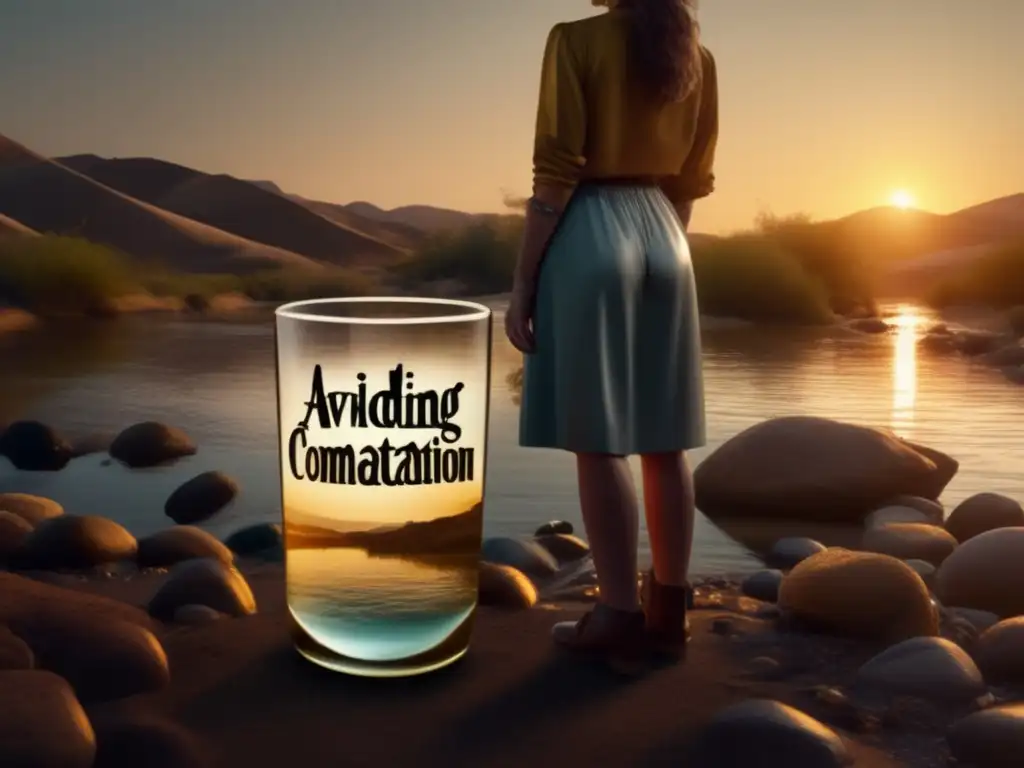
For more information on hurricane-related topics, please check out the following resources:
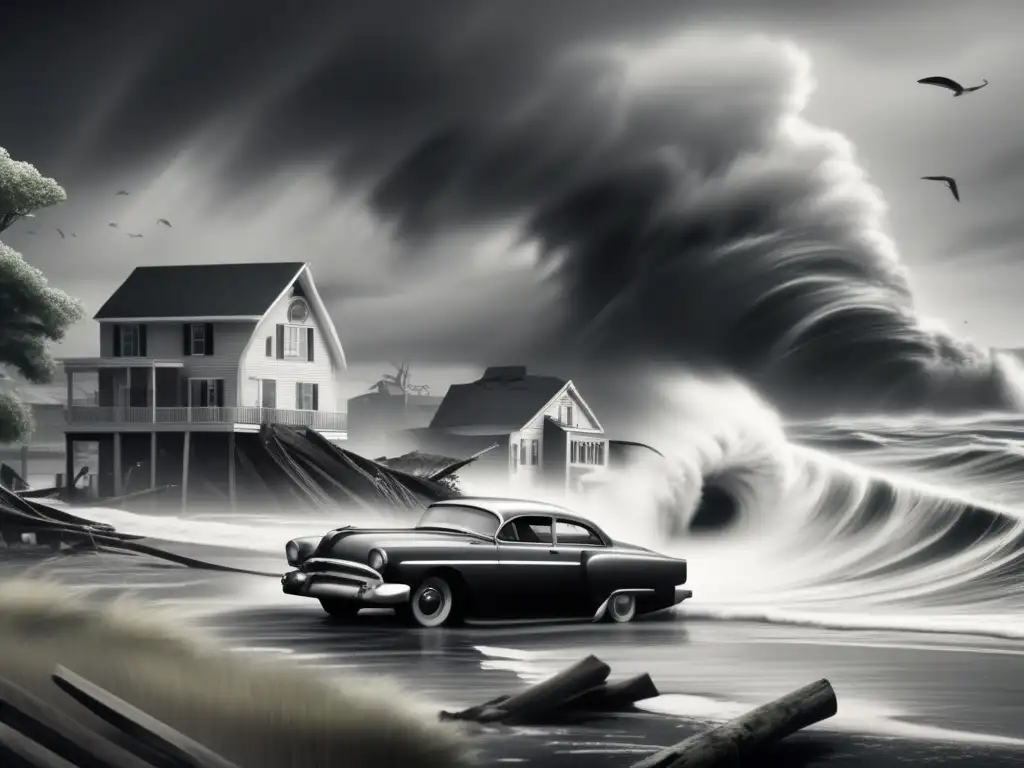 Handling Personal Injuries Sustained During A Hurricane
Handling Personal Injuries Sustained During A Hurricane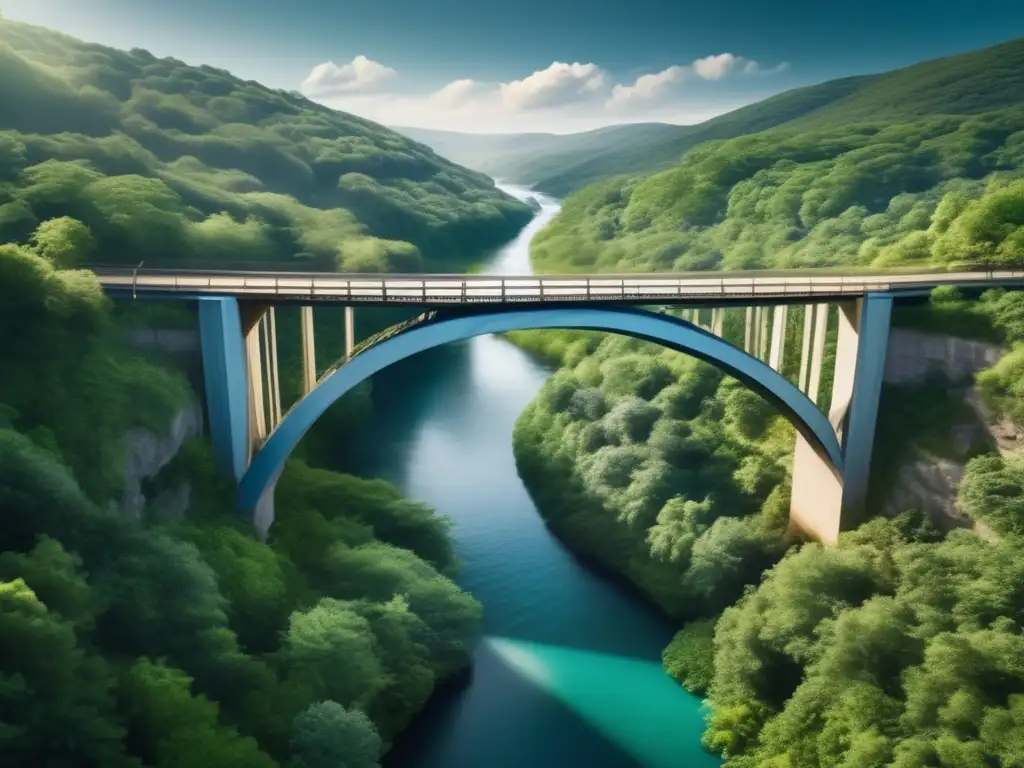 Rebuilding Infrastructure: Roads And Bridges Post-Hurricane
Rebuilding Infrastructure: Roads And Bridges Post-Hurricane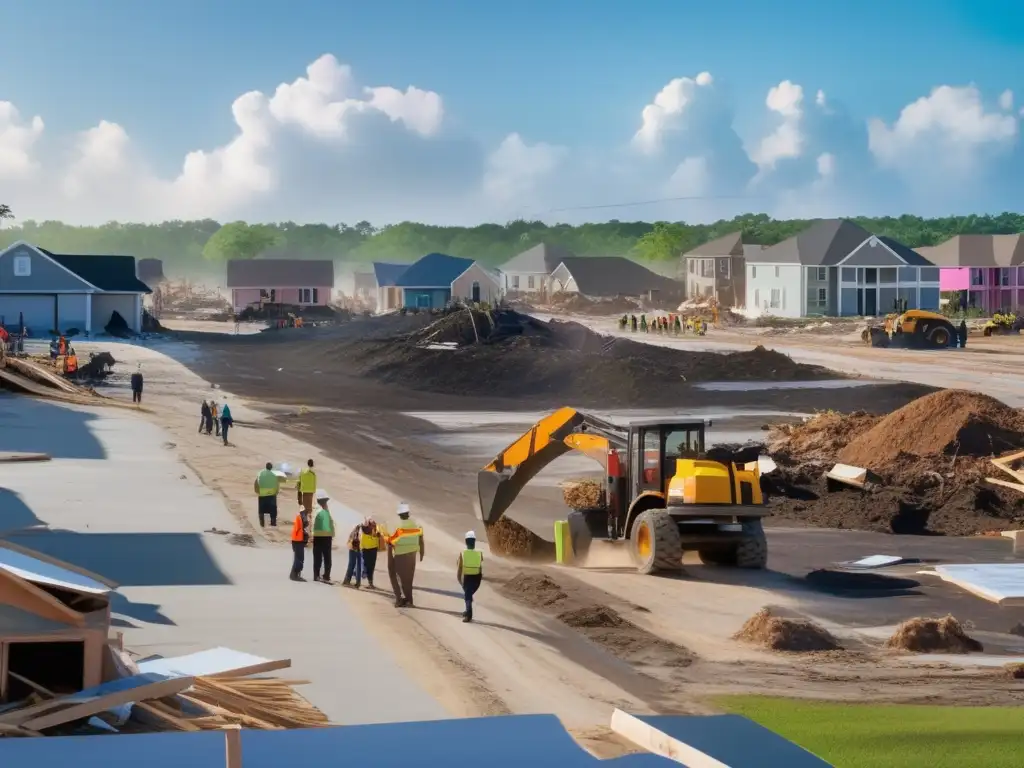 The Role Of Local Government In Post-Hurricane Recovery
The Role Of Local Government In Post-Hurricane RecoveryIf you want to discover more articles similar to Contaminated Water: Safety Tips For Post-Hurricane Consumption, you can visit the Hurricane recovery: category.
Leave a Reply

Articulos relacionados: